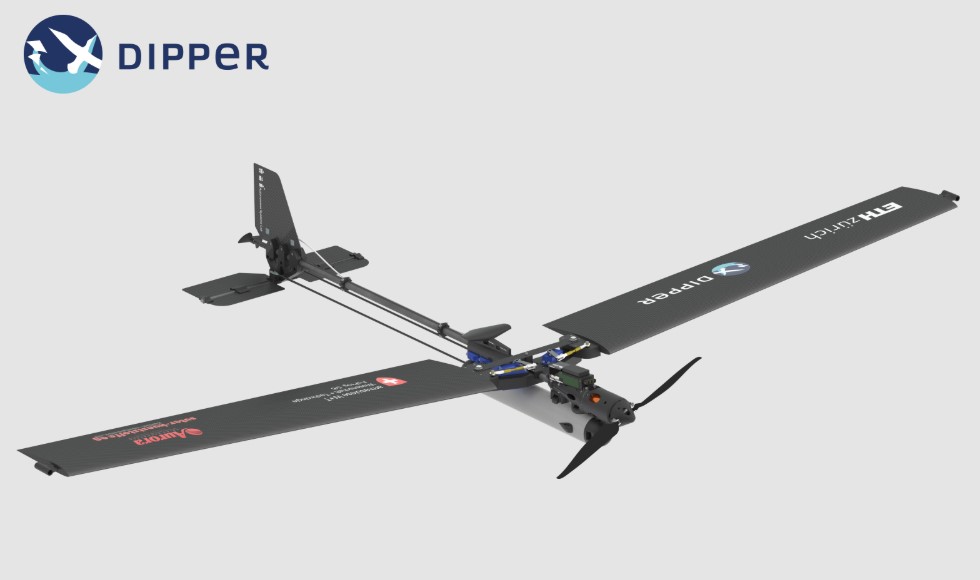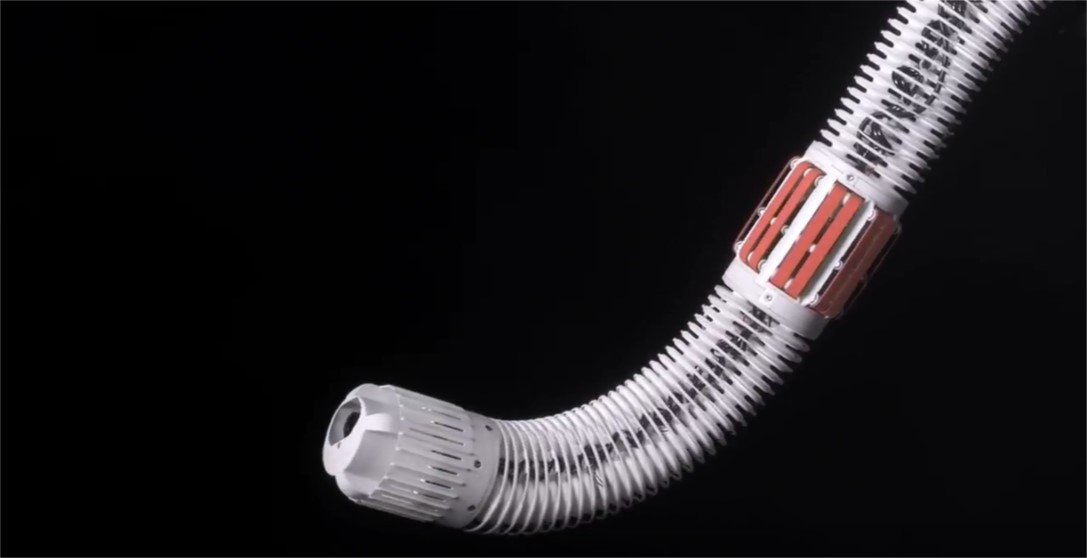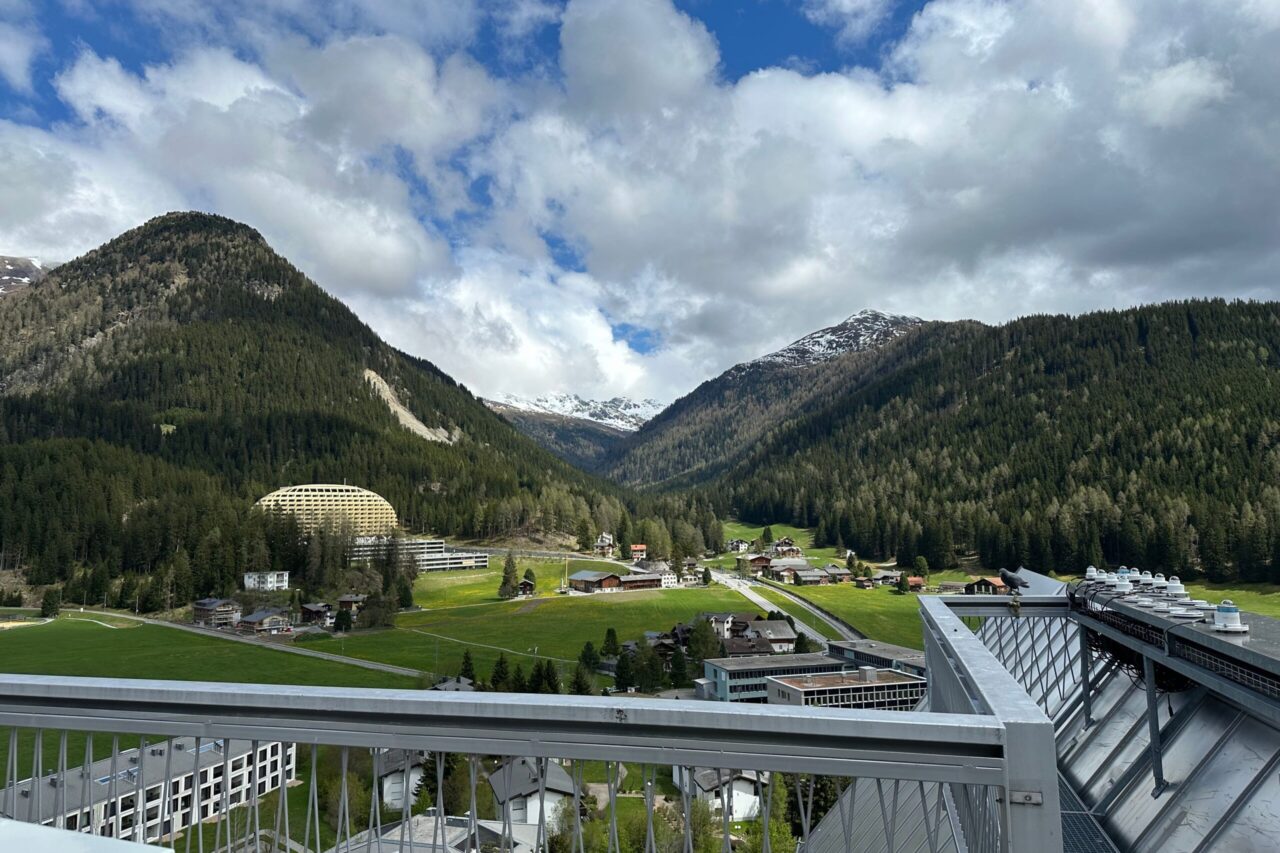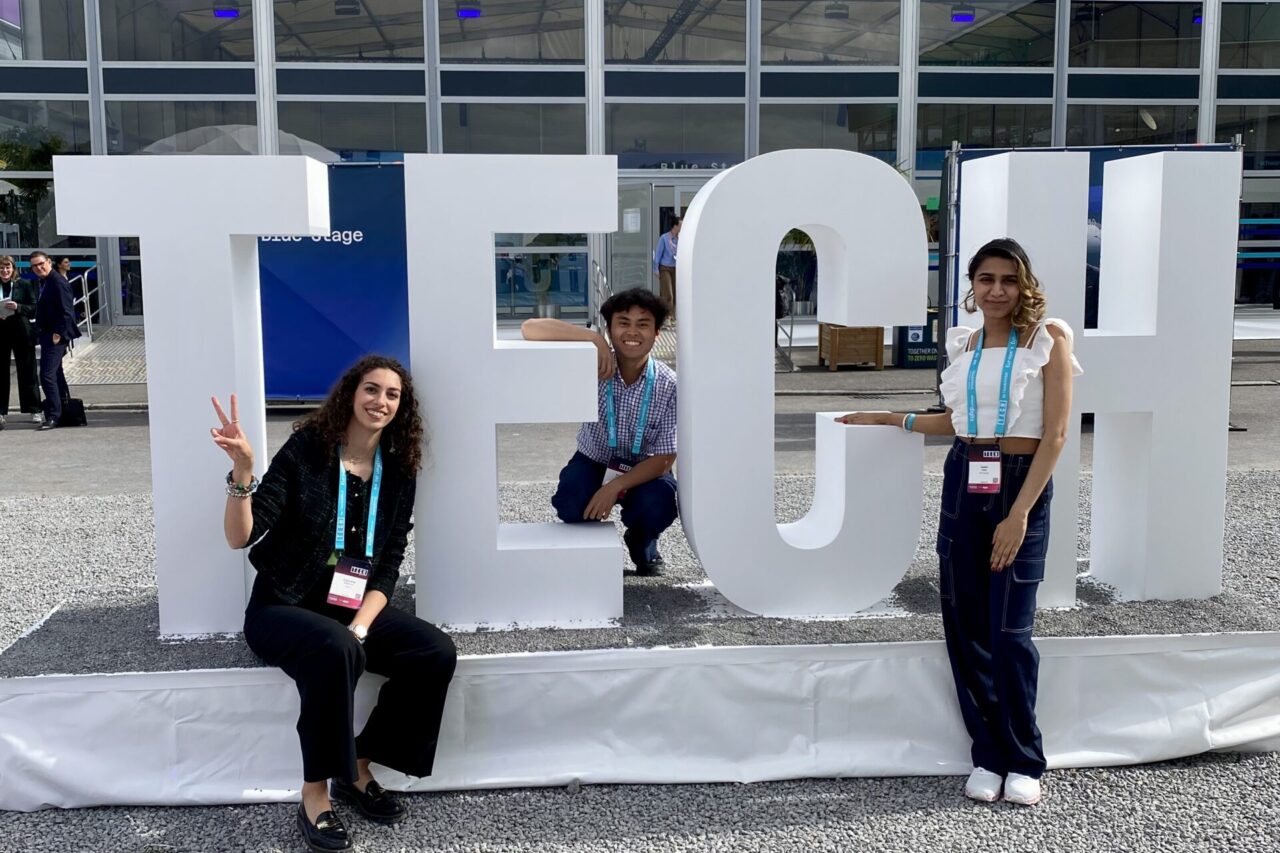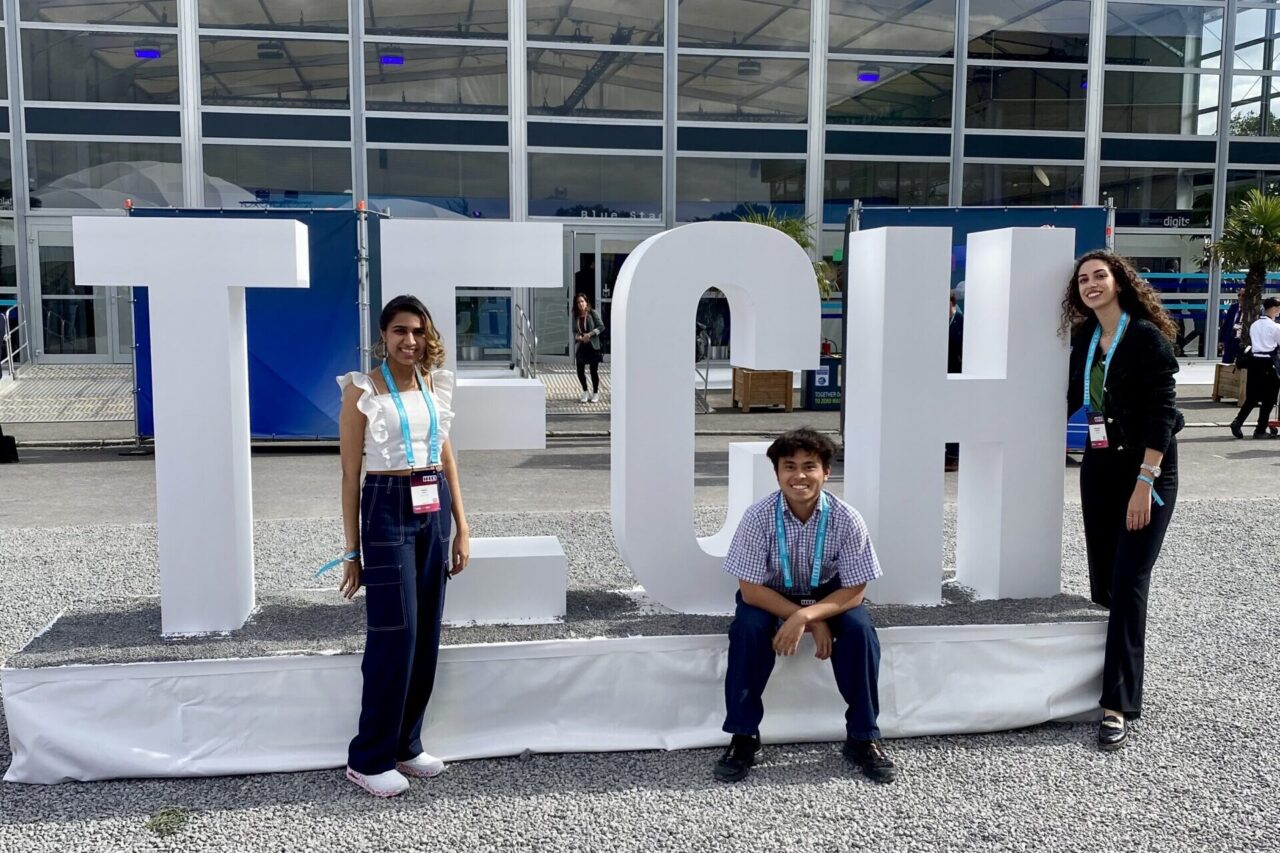Penguins, springboks, elephants, and more inspired engineers to create versatile robots
One of the most complex engineering challenges in robotics is making robots move with efficiency and elegance. Two-legged humans as well as four-legged dogs have long provided inspiration, but many futuristic-looking robots are inspired by many different animals. In fact, engineers frequently take inspiration from the animal world to create robots with ever more capabilities.
“When teaching students how to develop a robot we advise them to draw inspiration from the movements of animals,” says Marco Hutter, Professor at ETH Zurich’s Robotic Systems Lab. “Nature is still well ahead of us and offers countless unique and highly optimized solutions.”
Here are four robots that imitate exotic animals:
One of the most complex engineering challenges in robotics is making robots move with efficiency and elegance. Two-legged humans as well as four-legged dogs have long provided inspiration, but many futuristic-looking robots are inspired by many different animals. In fact, engineers frequently take inspiration from the animal world to create robots with ever more capabilities.
“When teaching students how to develop a robot we advise them to draw inspiration from the movements of animals,” says Marco Hutter, Professor at ETH Zurich’s Robotic Systems Lab. “Nature is still well ahead of us and offers countless unique and highly optimized solutions.”
Here are four robots that imitate exotic animals:


